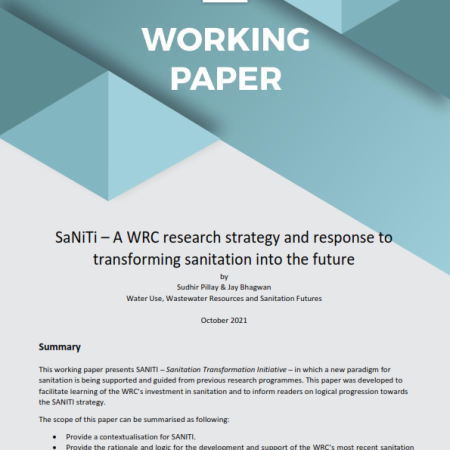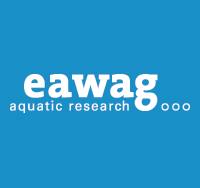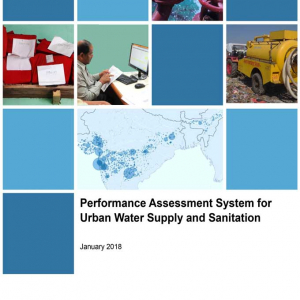Description
En Afrique, la gestion des déchets ménagers représente un défi majeur lié à l’augmentation de la population.
Le cas de l’ancienne décharge publique d’Agoè-Nyivé au Togo, illustre
parfaitement cette problématique. En effet, le lixiviat résultant de l’infiltration des eaux de pluie dans la décharge s’infiltre dans le sol et pollue la nappe phréatique entraînant des conséquences graves sur la qualité de l’eau et sur la santé des habitants. Pour évaluer l’impact du lixiviat sur les eaux souterraines, des méthodes géophysiques telles que la Tomographie de Résistivité
Électrique (TRE) et la magnétométrie ont été employées afin de cartographier le panache de contaminants associés à la migration du lixiviat sur cette décharge.
Parallèlement, dix prélèvements d’eaux souterraines effectués respectivement au niveau de deux puits et de huit forages situés en amont et en aval de la décharge et le lixiviat de la décharge ont été effectués pour des analyses physico-chimiques, bactériologiques et de métaux lourds.
Les résultats montrent un couloir d’écoulement du lixiviat avec des anomalies magnétiques près de la surface.
La TRE a révélé que le panache s’étend de 15 à 23,5 m de profondeur, en contact direct avec la nappe phréatique, dont le niveau statique moyen est estimé entre 5 et 10 m. Le lixiviat présente une forte charge polluante (Chlorures : 3286 mg/l, Sulfates : 1016,58 mg/l, DCO : 730 mg/l, DBO5 : DBO5 : 572, Fer : 20,093 mg/l, Nickel : 1,8 mg/l, Arsenic : 0,31 mg/l).
L’analyse des eaux souterraines à proximité de la décharge indique une dégradation significative de la qualité, avec des conductivités électriques atteignant jusqu’à 2770 μS/cm et des concentrations élevées
de chlorures et sulfates.
Des niveaux d’arsenic, fer, chrome et nickel supérieurs aux normes ont
été mesurés dans certains forages et puits. Enfin, une contamination fécale a été constatée, avec des concentrations d’Escherichia coli dépassant les normes de l’OMS.
Ces résultats montrent l’importance de sensibiliser les populations sur la gestion des déchets, l’assainissement et de promouvoir l’éducation sanitaire dans le but de réduire la contamination de l’eau.
Mots clés : Décharge, lixiviats, eaux souterraines, magnétométrie, Tomographie de Résistivité
Électrique (ERT).
In Africa, household waste management represents a major challenge related to the increase in population.
The case of the former public landfill of Agoè-Nyivé in Togo is a perfect illustrationof this problem.
Indeed, the leachate resulting from the infiltration of rainwater into the landfill
infiltrates the ground and pollutes the water table, with serious consequences for water quality and the health of the inhabitants. To assess the impact of leachate on groundwater, geophysical methods such as Electrical Resistivity Tomography (ERT) and magnetometry were used to map the contaminant plume associated with the migration of leachate on this landfill.
At the same time, ten groundwater samples were taken from two wells and eight boreholes located upstream and downstream of the landfill and the leachate from the landfill for physico-chemical, bacteriological and heavy metal analyses.
The results show a leachate flow corridor with
magnetic anomalies near surface.
The TRE revealed that the plume extends from 15 to 23.5 m deep, in direct contact with the water table, whose average level is estimated to be between 5
and 10 m. The leachate has a high pollutant load (Chlorides: 3286 mg/l, Sulphates: 1016.58 mg/l, COD: 730 mg/l, BOD5: BOD5: 572, Iron: 20.093 mg/l, Nickel: 1.8 mg/l, Arsenic: 0.31 mg/l).
Analysis of groundwater in the vicinity of the landfill indicates a significant deterioration in quality, with electrical conductivities reaching up to 2770 μS/cm and high concentrations of chlorides and sulfates.
Above-standard levels of arsenic, iron, chromium and nickel have been measured in some boreholes and wells. Finally, faecal contamination was noted, with concentrations of Escherichia coli exceeding WHO standards.
These results show the importance of raising awareness about waste management, sanitation and promoting health education in order to reduce water contamination.
Keywords : Discharge, leachate, groundwater, magnetometry, Electrical Resistivity
Tomography (ERT)



 AAEA
AAEA


 AFWASA
AFWASA AAEA
AAEA
Reviews
There are no reviews yet.